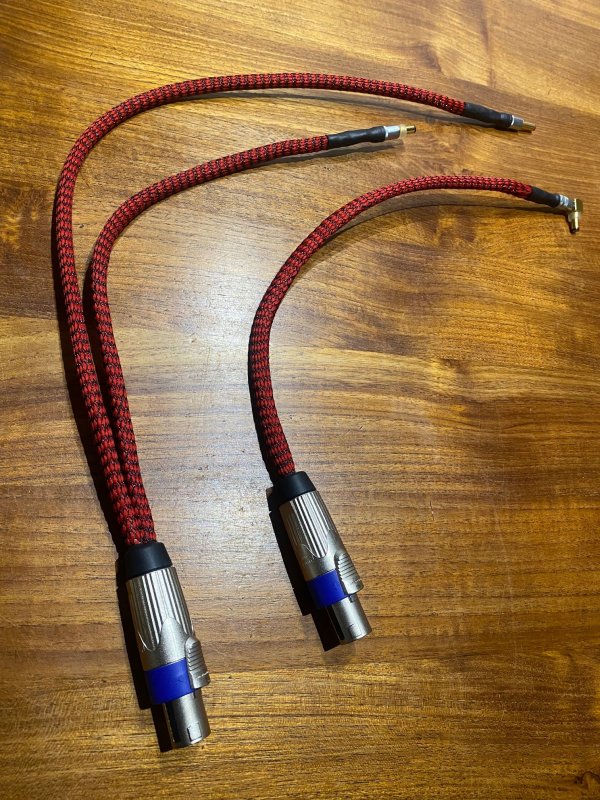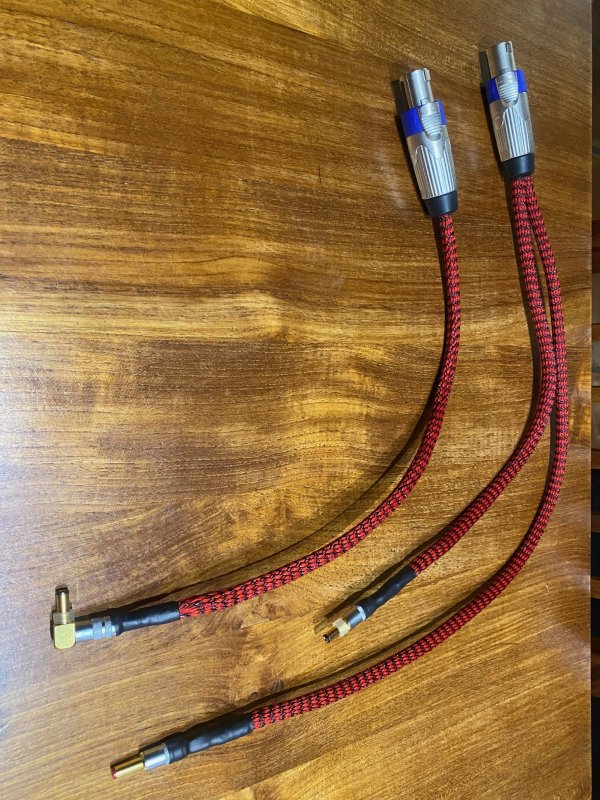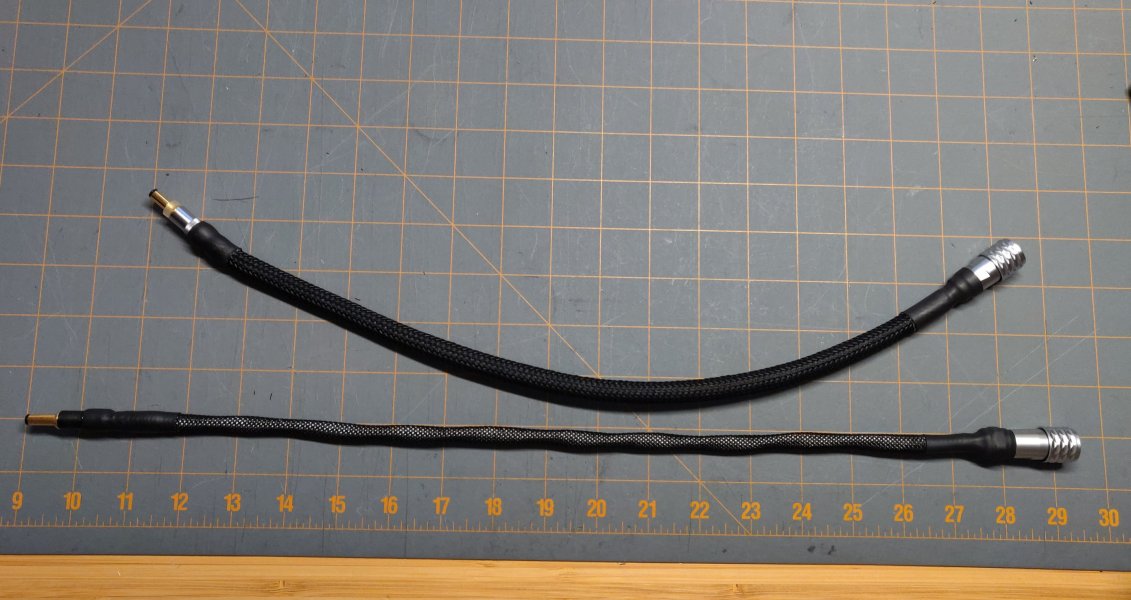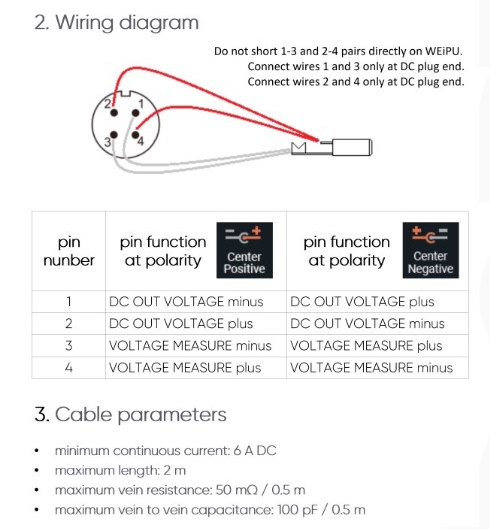Acting upon your advice, I opted for SGW115 (unshielded), the thickest of the three available gauges, to craft a DC cable using various recipes.I quite like the Mundorf Angelique wire for DC cables. It sounds very good. It's a different flavor then the Mundorf silver/gold. I prefer the silver/gold in some places and the Angelique in others. It's a question of personal taste.
The Mundorf silver/gold is a softer wire and easier to bend. The Angelique is more stiff but you can easily bend it to shape and it stays the way you bend it.
The results have been exceptionally rewarding in terms of elevating sound quality to an unprecedented level (server/endpoint and last switch power feed). However, it's worth noting that the (1,5 mm) cable's stiffness becomes quite apparent when attempting to position it between devices for connection, it definitely stays the way you bend it! I can only imagine the Angelique being more stiff (maybe the thinnest was used for example with the ARC6?)
Nevertheless, the effort is well justified by the substantial improvement in audio quality. I hear you though, when you say ''I quite like the Angelique'' compared to your opinion of the SWG.


















